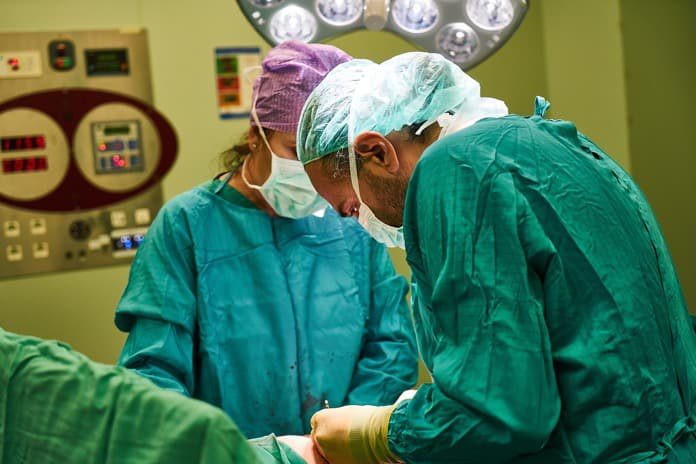A new review highlights the recent advances in grafting human stem cells into tissue engineering to repair and regenerate human body parts.
Stem cell research possesses great potential for the advancement of medicine, therapy, and human health. Stem cells are undifferentiated cells capable of differentiating into specialized cell types, tissues, and organs. In a new paper published in Military Medical Research, Dr. Miskon, from Malaysia, and his colleagues outlined ways stem cells could be used in tissue engineering applications to address military injuries during armed conflicts. Scientists hope that by applying stem cell technologies in scaffolding materials with suitable growth factors, they may be able to treat battlefield injury conditions requiring tissue repair or organ replacement.
Tissue and Organ Regeneration
Adult stem cells are a very attractive and promising source in the field of skin tissue repair and regeneration. Gunshot injuries, explosions, hazardous material exposures, or nuclear heat can cause severe damage to the skin. Currently, split skin graft plays a vital role in wound closing, but the hypertrophic scars and poor skin elasticity result in undesirable functional and cosmetic properties. Recently, the US Armed Forces Institute of Regenerative Medicine successfully used a patient’s own stem cells to engineer a skin substitute to treat severe life-threatening burns. Adult and embryonic stem cells could potentially be used to grow receptor cells of an eye for vision recovery.
Nervous System Restoration
The human nervous system is a complex organ made up of numerous nerve cells. During the Iraq war, over 2,000 US soldiers sustained traumatic brain and spinal cord injuries from projectiles, explosives, and radioactive and chemical exposures. They can cause victims total immobility, depriving affected individuals of sensory innervation and motor responses below the areas affected. Scientists are now capable of using bone marrow stem cells to restore some nervous system injuries partially. These help the returning soldier to get back into society with better physical and psychological states of health.
Musculoskeletal Repairing
Injury in orthopedic trauma in recent conflicts is common but challenging. Musculoskeletal injuries involving bones, cartilages, tendons, adipose tissues, and muscles can limit a soldier’s ability due to the excruciating pain. A major issue in the development of regenerative medicine treatments is the cell sources used to repair and regenerate musculoskeletal tissues. Bone marrow stromal and adipose-derived stem cells have shown promising results in structural repairing and musculoskeletal tissue regenerating, and at the same time lowering the chances of infection and secondary surgery.
Blood Tissue Formation
A lot of blood loss is a life-threatening condition and needs urgent treatment. Red blood cells created from umbilical cord stem cells have aided scientists to develop artificial blood that could treat wounded soldiers in far-flung battlefields. Scientists are now able to produce O-type blood samples in an environment that mimics the hematopoietic activity in the human bone marrow.
Advancements Open New Doors in Defense Medicine
The exciting advancements in stem cell technology open new doors in defense medicine to repair and regenerate human tissues and organs. These advances could save hundreds of thousands of lives who would otherwise have died from their injuries during conflicts. But there is still a long road ahead for scientists to bring these technologies from the laboratory to the clinical practice in an effective and ethically acceptable way.
Written by Man-tik Choy, Ph.D
Reference: Ude, C.C., et al. 2018. Application of stem cells in tissue engineering for defense medicine. Military Medical Research, 5:7. DOI 10.1186/s40779-018-0154-9.



